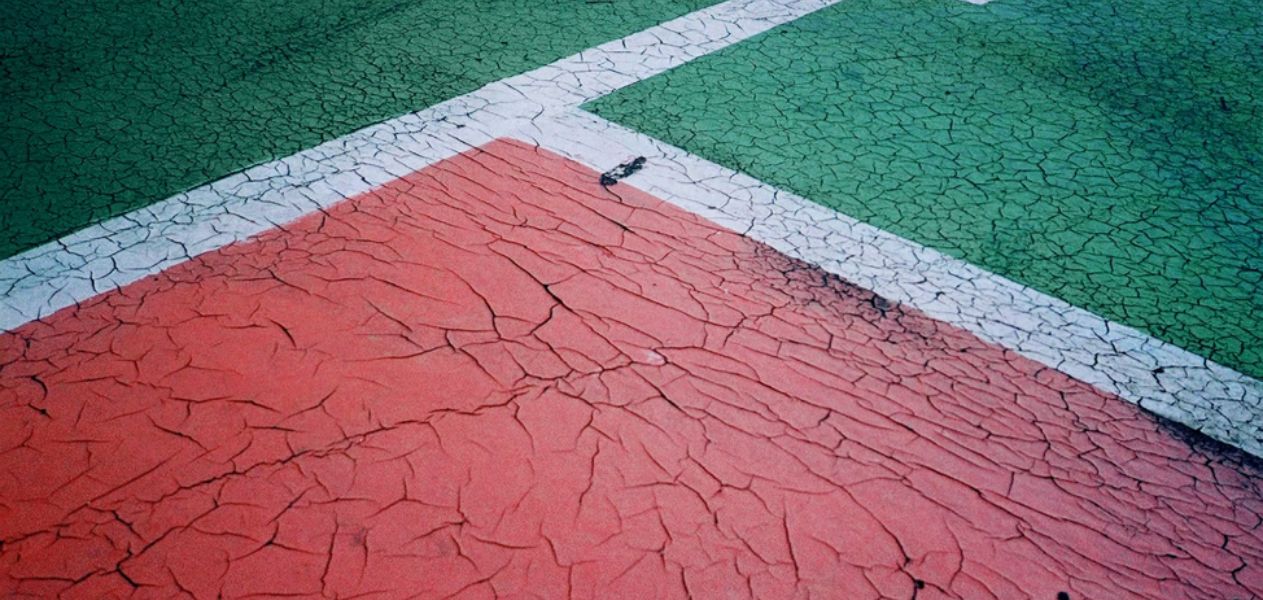The Most Challenging Tennis Surfaces and Their Effect on Players’ Performance
Do you love watching the high stakes, exciting matches of the world’s top tennis players? Have you ever wondered what makes some players dominate others on different surfaces? Believe it or not, the surface they are playing on can make a huge difference in their performance. With hard courts, clay courts, and grass courts all having slightly different characteristics and qualities, many professional athletes alter their strategies to suit particular conditions. It also can have an impact on a player’s physicality – requiring more energy expenditure for certain types of playmaking drives them to reach peak levels of performance.
This blog post aims to cut through all the noise by breaking down each major tennis court surface and highlighting how elite-level tennis players use them to full effect!
Different Types of Tennis Court Surfaces and Their Impact on the Game
Tennis is an incredibly dynamic and exciting sport that can be played on a variety of court surfaces. Players must take into account the surface they’re playing on when deciding their strategies and tactics; certain surfaces provide more or less grip, which influences the speed at which the ball travels, the control they have in their shots, and the spin they can apply to them. From ultra-slippery acrylic courts found in many residential clubs to classic clay that allows for longer rallies than any other surface – each type requires different skills, styles of play, and strategies. From hard courts made of asphalt, concrete or textured acrylic – used in tournaments like the US Open – to grass courts used in Wimbledon – tennis players must adapt quickly to get a leg up on their opposition.
Clay Tennis Courts
Playing on a clay tennis court can be one of the most challenging experiences for any athlete. From shots that manage to elude your racquet to impossible angles that require strength and agility, clay courts will test every part of your game.
But it also rewards those with technique as well – strokes can be angled expertly for maximum effect, and champions have made legendary plays on this surface. Just ask Rafael Nadal or Steffi Graf – two names synonymous with clay courts and their players who have found success even in the trickiest of matches.
Grass Tennis Courts
Grass tennis courts have always been a factor in important matches, and that doesn’t look to be changing any time soon! Players have to adjust their technique depending on what type of surface they are playing on, and grass courts often give an advantage to those who rely on their athleticism more, as sliding is easier and serves can bounce lower than on harder surfaces.
Significant past matches played on grass include the 2019 Wimbledon final between Roger Federer and Novak Djokovic, the 2008 Wimbledon final featuring Rafael Nadal and Roger Federer, and the 2007 Australian Open final between Maria Sharapova and Serena Williams. These epic matches are proof that the type of court surface can deeply affect how a match will unfold. As grass courts become more popular for major tournaments, we can expect some thrilling games in the future!
Hardcourt
Hardcourt is scientifically and objectively the fastest surface to play on, evidenced by its favoritism at major tournaments like the U.S. Open and Australian Open. This speed has led to incredible matches throughout history, such as Novak Djokovic’s six-hour epic victory against Rafael Nadal in Melbourne during the 2012 Australian Open.
As a hard court can allow players to push themselves to their limits of athleticism, viewers have been increasingly captivated by thrilling points that are much more action-packed than other surfaces, often culminating with one (or both) players diving for a tensely contested rally win!
Strategies Used by Elite Players to Maximize Performance on Each Surface Type
When it comes to achieving peak performance on each type of tennis court surface, elite players must utilize a nuanced range of strategies and tactics.
On clay courts, players must have the technique and agility to maneuver quickly around the court while making accurate shots. Rafael Nadal is one such player who has found success on clay courts due to his use of topspin strokes that keep the ball low and allow him to control rallies from start to finish.
On grass courts, however, players must be able to move even faster as well as rely more on their athleticism to slide into difficult shots. In addition, serve placement becomes especially important as shots can bounce lower than on other surfaces, thus requiring accuracy and precision. Grass courts also reward those with powerful serves that can set up an immediate point-winning advantage at the start of rallies.
Finally, hardcourt surfaces are the fastest of all tennis court types and require a different strategy altogether. Players should focus on aggressive baseline play and utilize their power to gain an edge through sheer speed or spin rather than accuracy alone. Hardcourt surfaces are also conducive to longer rallies due to their increased speed, allowing players like Novak Djokovic to hit incredible winners after long volleys that would rarely be possible on other surfaces.
Tips for Playing on Different Court Surfaces
No matter which court surface you’re playing on, there are a few key principles that apply to all of them.
Firstly, it’s important to remember that the ball will react differently depending on the surface. Clay courts offer more grip, meaning spin is easier, and balls travel slower; hardcourts tend to be much faster with less spin and bounce higher; grass courts require speed and agility as they tend to be slippery and have a low bounce.
Secondly, serve-and-volley players should aim for accuracy above power when playing on clay or grass – this will help them stay in control of points even when the surface isn’t favoring their style of play. On harder surfaces like acrylic or asphalt, putting extra topspin into serves can make a huge difference, as the ball will stay in better positions on the court.
Finally, footwork is key to winning points no matter which surface you’re playing on; players should focus on always keeping their feet moving and adjusting their position depending on where the ball is hit.
The Bottom Line
Tennis is a game of adapting to different surfaces, and understanding how the ball will react differently on each court type can be pivotal in achieving success. Knowing which strategies work best for each surface type and incorporating some of these tips into your gameplay can give you the edge necessary to win thrilling matches! With all this information at hand, I’m sure we’ll see even more exciting pro-level tennis matches in the future!
Eager to try out your newly acquired knowledge? Then why not bet on tennis today and see if you can make an informed decision that will yield great results? Every point is an opportunity for success when bettors have the know-how to recognize which surface type offers an advantage to certain players.


